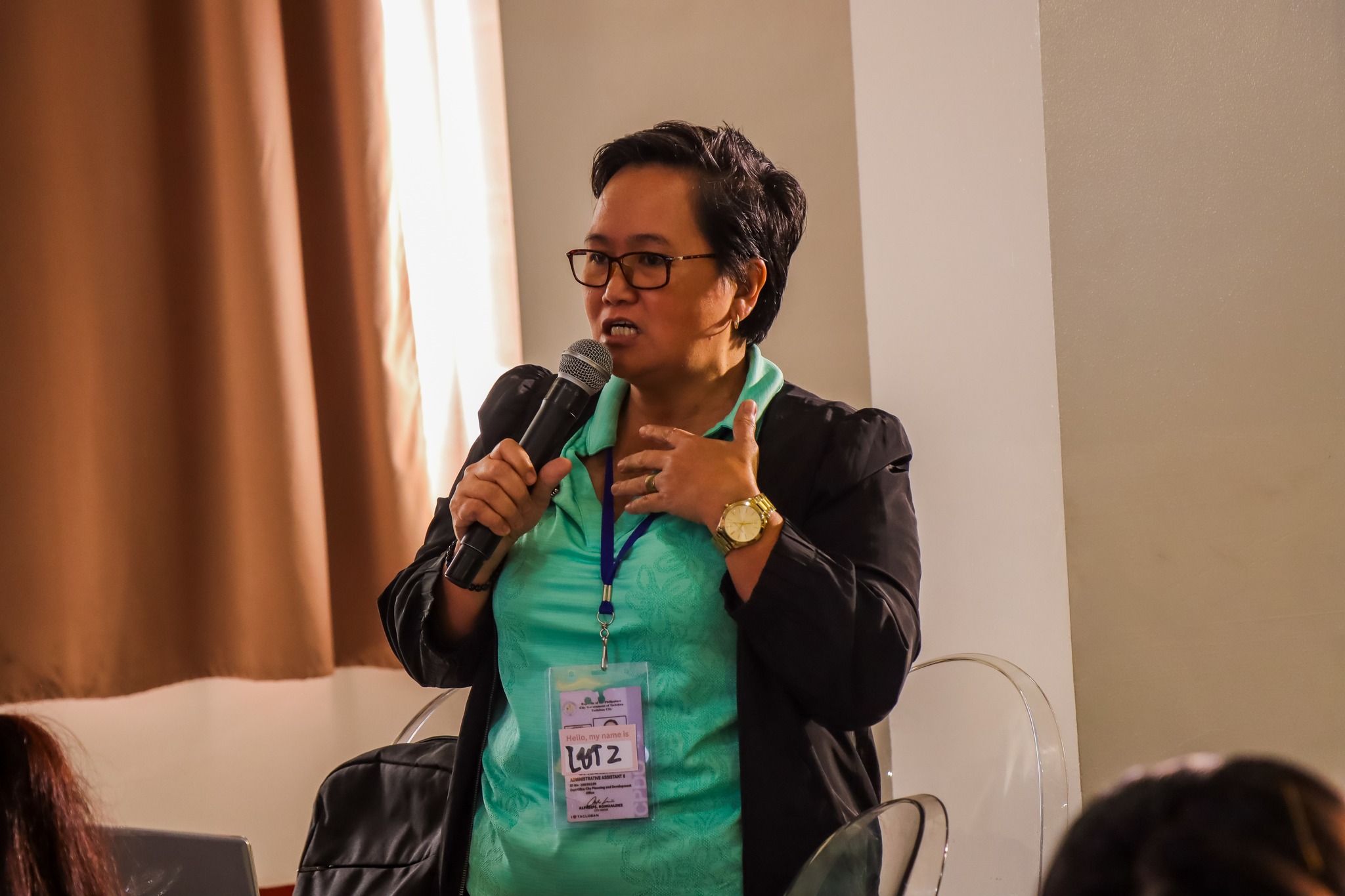UP Tacloban College organized the Pagburubligay Kontra Kataragram: Eastern Visayas DRRM Summit on 19 November 2025, bringing together experts from the UP Resilience Institute (UPRI) and planning and disaster risk reduction and management (DRRM) officers from 36 local government units (LGUs) across Eastern Visayas to examine disaster vulnerability and (re)articulate actionable and sustainable strategies for disaster preparedness and mitigation. Representatives of several government agencies and UP Tacloban students taking up Fundamentals of GIS, Fundamentals of Remote Sensing, and Disasters and Mental Health also attended the half-day summit, which was held at UP Tacloban’s Library Hall.
UPRI Executive Director Dr. Alfredo Mahar Francisco Lagmay gave an overview of the disaster risk landscape of Eastern Visayas, focusing on severe weather and earthquake phenomena. He emphasized that preparedness must be tailored to hazards associated with each phenomenon – for example, floods, rain-triggered landslides, and strong winds caused by severe weather and ground rupture, liquefaction, and tsunami caused by earthquakes. He added that disaster resilience requires anticipating risks that surpass those observed in historical data. His talk underscored the importance of risk-informed and science-based development planning.
Asst. Prof. Raymond Freth A. Lagria, chairperson of the UP Diliman Department of Industrial Engineering and Operations Research, introduced Project ABRRAM (Adaptive Basic Resource Recognition and Allocation Model). Funded by UP Intelligent Systems Center, the interdisciplinary project aims to leverage emerging technologies to optimize resource allocation and distribution within LGUs, particularly during disasters. It utilizes data mining and low-cost open data, such as Project NOAH maps, Waze data, and building footprints, to create practical, responsive applications.
Several LGU representatives also shared experiences and best practices in disaster management and response, focusing on successes and challenges experienced in past and more recent disasters.



